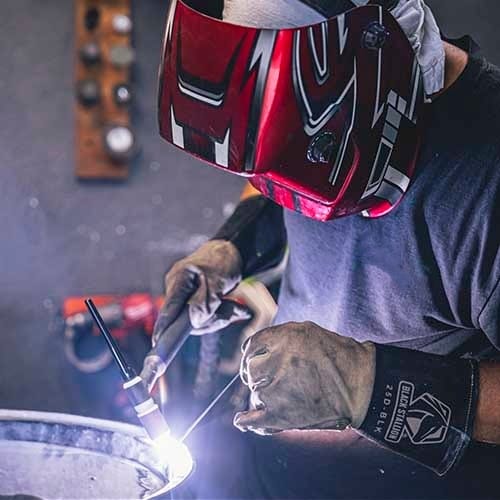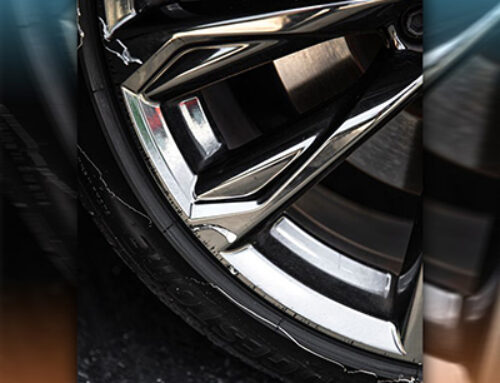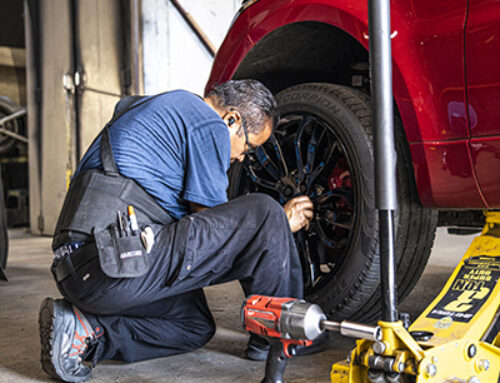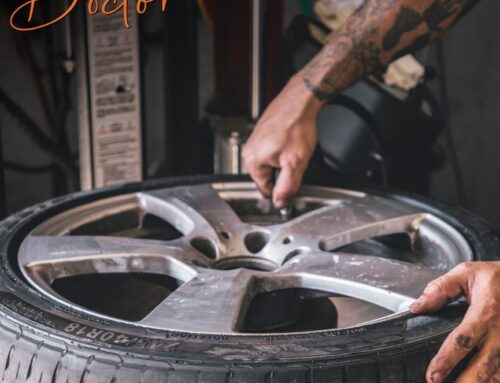Cracked Rim Repair: Why Ignoring the Issue Can Lead to Disaster
Understanding the potential dangers of driving on a cracked rim is crucial for vehicle safety and performance. In this guide, we explore cracked rim repair and why neglecting this issue can have disastrous consequences.
Is driving with a cracked rim safe?
Continuing to drive with a cracked rim poses significant safety risks. Even a small crack can compromise the wheel’s structural integrity, leading to tire blowouts and loss of vehicle control. Recognizing symptoms like steering wheel vibrations and tire pressure loss is essential for preventing further damage and ensuring safer travels.
Recognizing the symptoms
Symptoms such as continuous steering wheel vibrations and frequent tire pressure loss indicate potential rim damage. Addressing these symptoms promptly can prevent further issues and ensure safer driving conditions.
Repair options
Repairing a cracked rim involves considering factors like crack severity, location, and the expertise of the welder. While welding techniques may repair minor cracks, severe damage may require rim replacement to restore structural integrity and ensure safe driving conditions.
Understanding the causes
Root causes of rim cracks include road collisions, flat tires, extreme temperature fluctuations, potholes, and curb impacts. Taking proactive measures to address these issues can minimize the risk of cracks and extend the lifespan of your rims.
Seek professional assistance
Ignoring a cracked rim can lead to severe consequences, including compromised safety and potential vehicle damage. Seeking professional inspection and repair services immediately is essential for prioritizing safety on the road.
Can a broken rim be repaired?
The feasibility of repairing a cracked rim depends on factors such as crack severity and location. While minor cracks may be repairable through welding, extensive damage may necessitate rim replacement. Consulting with a qualified professional is essential for determining the best course of action.
When evaluating the repairability of a cracked rim, consider the following key factors:
- Severity of the Crack: Small, hairline cracks may be repairable through welding, especially if detected early. However, extensive or deep cracks may compromise the structural integrity of the rim, rendering it unsuitable for repair.
- Location of the Crack: Cracks located on the inner or rear side of the rim are generally more conducive to repair, as they are less likely to affect the wheel’s performance. Conversely, cracks near the wheel’s spoke base or lug area may pose greater challenges and may necessitate rim replacement.
- Professional Expertise: The success of rim repair largely depends on the skill and experience of the technician performing the welding. Entrusting the repair process to a qualified and reputable professional is essential for achieving optimal results and ensuring the safety of your vehicle.
Prioritize safety
Ultimately, prioritizing safety and functionality is crucial when deciding whether to repair or replace a cracked rim. Carefully evaluating the severity of the damage and consulting knowledgeable professionals can ensure the continued safety and performance of your vehicle on the road.







